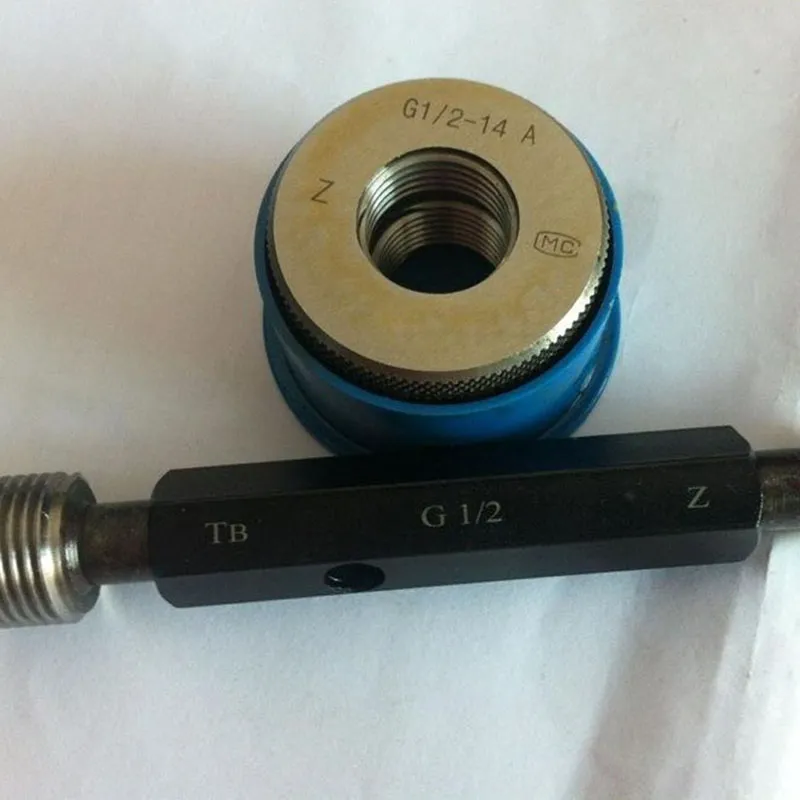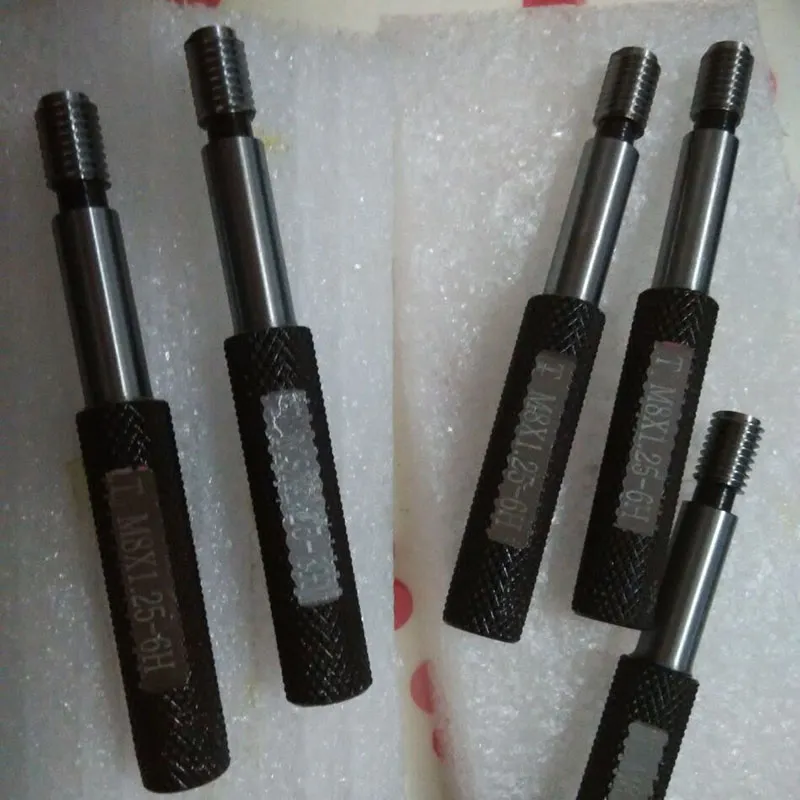dec. . 30, 2024 11:55 Înapoi la listă
Differences Between Thread Ring Gauge and Thread Plug Gauge
In the world of precision engineering and quality control, measurement tools play a critical role in ensuring that components meet dimensional specifications. Among the various tools used for this purpose, the thread ring gauge and thread plug gauge are two of the most commonly employed for measuring threaded components. While both tools serve a similar function, they differ significantly in design, application, and measurement capabilities.
What is a Thread Ring Gauge?
A thread ring gauge is a cylindrical gauge that is used to measure the external diameter and thread profile of male threaded parts. Typically made of high-grade steel, the thread ring gauge is designed to check the accuracy of the threads on bolts, screws, and other fasteners.
The primary purpose of a thread ring gauge is to ensure that the external threads conform to specified standards. It usually comes in two types: "Go" and "No-Go." The "Go" gauge checks that a thread can be fully engaged, while the "No-Go" gauge is designed to confirm that any potential defects outside the specified tolerances can be detected.

Advantages of Thread Ring Gauge
1. Quick Inspection: Thread ring gauges allow operators to quickly check whether external threads are within tolerance.
2. Durability: Made from robust materials, these gauges possess a long lifespan and can withstand repeated use.
3. Precision Measurement: They provide an accurate means of assessing thread quality, ensuring reliability in fastener applications.
What is a Thread Plug Gauge?
In contrast, a thread plug gauge is used for measuring the internal dimensions of female threaded components. Like the thread ring gauge, it is typically made from high-quality materials and is available in both "Go" and "No-Go" configurations.
The thread plug gauge is inserted into the female thread to check for proper depth, pitch, and other critical dimensions. It verifies that the internal threads can accept the corresponding external threads of a fastener.

Advantages of Thread Plug Gauge
1. Effective for Internal Measurements: Thread plug gauges are essential for checking the quality of internal threads in tapped holes or nuts.
2. Ease of Use: Designed for straightforward insertion and removal, they can be used quickly by operators for routine inspections.
3. Quality Assurance: Ensures that internal threads are manufactured to specifications, thereby reducing risks of thread mismatches.
Key Differences Between Thread Ring Gauge and Thread Plug Gauge
Measurement Direction
The most significant difference between a thread ring gauge and a thread plug gauge lies in their measurement direction. As mentioned, the thread ring gauge measures external threads while the thread plug gauge assesses internal threads.
Design and Shape
The thread ring gauge has a ring-like shape suited for fitting over the external threads, while the thread plug gauge is cylindrical and designed to fit into the internal threads. Each is tailored to its specific application, enhancing measurement accuracy.
Applications
Both gauges are integral to quality control in manufacturing, but they are utilized in different scenarios. The thread ring gauge is ideal for components being produced with external threads, while the thread plug gauge is utilized for tapped holes and internally threaded components.
In conclusion, understanding the fundamental differences between the thread ring gauge and thread plug gauge is crucial for engineers, manufacturers, and quality control professionals. Both tools are invaluable for ensuring that threaded components meet specified standards, thereby contributing to the functionality and reliability of mechanical systems. By integrating these precision gauges into your quality assurance processes, you can increase product reliability and maintain the highest standards of engineering excellence.
-
Precision Manufacturing with Advanced Spline Gauge DesignȘtiriJul.31,2025
-
Industrial-Grade Calibrated Pin Gauges for Exact MeasurementsȘtiriJul.31,2025
-
Industrial Filtration Systems Depend on Quality Filter DN50 SolutionsȘtiriJul.31,2025
-
High-Performance Gate Valve WholesaleȘtiriJul.31,2025
-
Granite Surface Plate The Ultimate Solution for Precision MeasurementȘtiriJul.31,2025
-
Granite Industrial Tools The Ultimate Guide for Bulk BuyersȘtiriJul.31,2025
Produse asemanatoare









